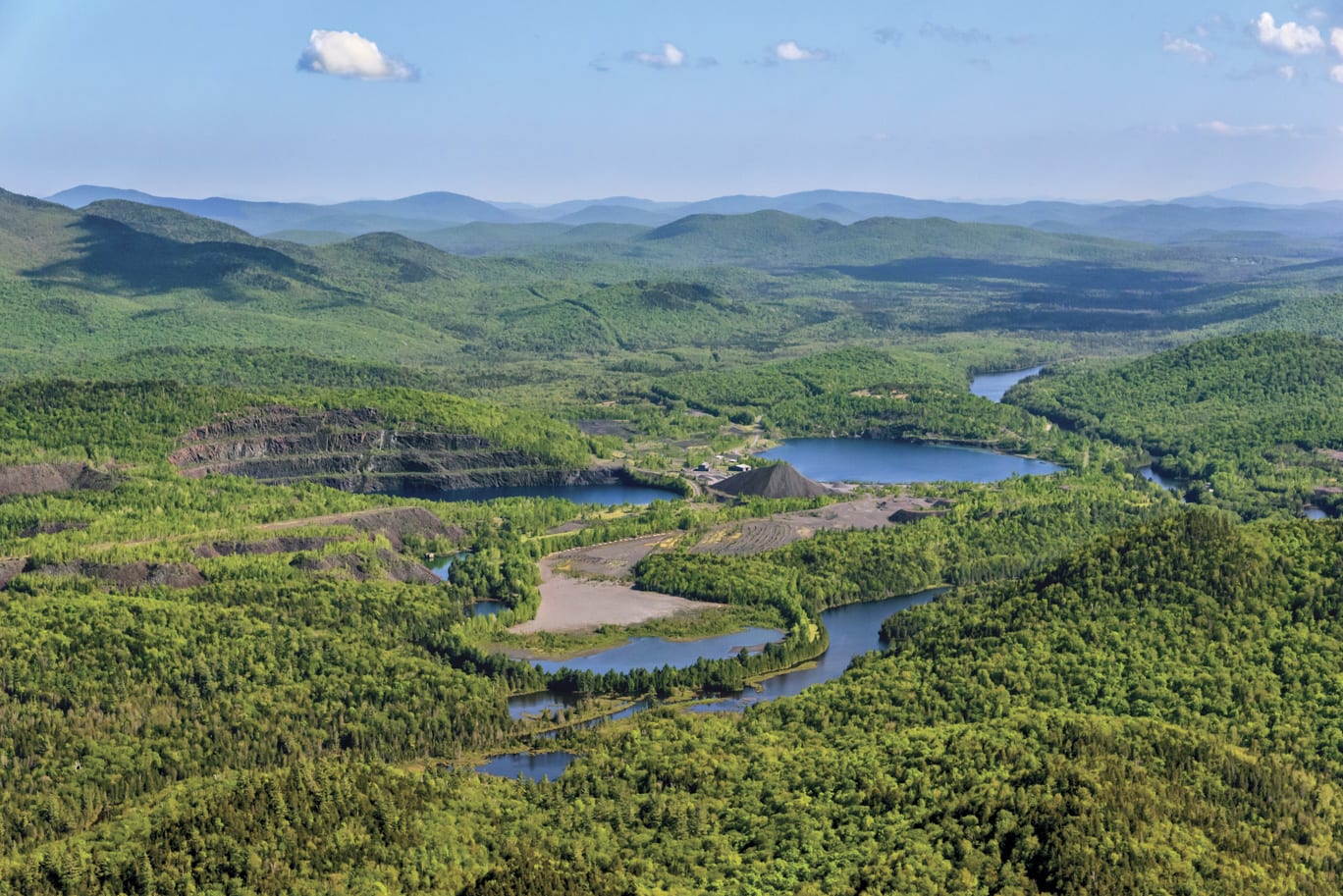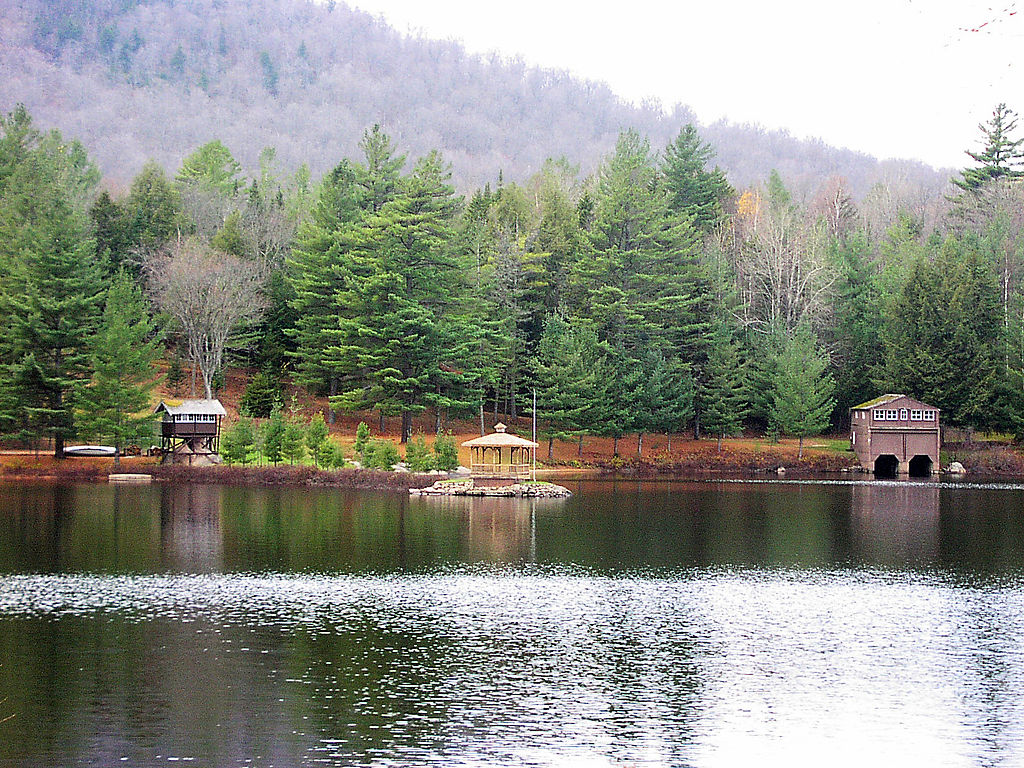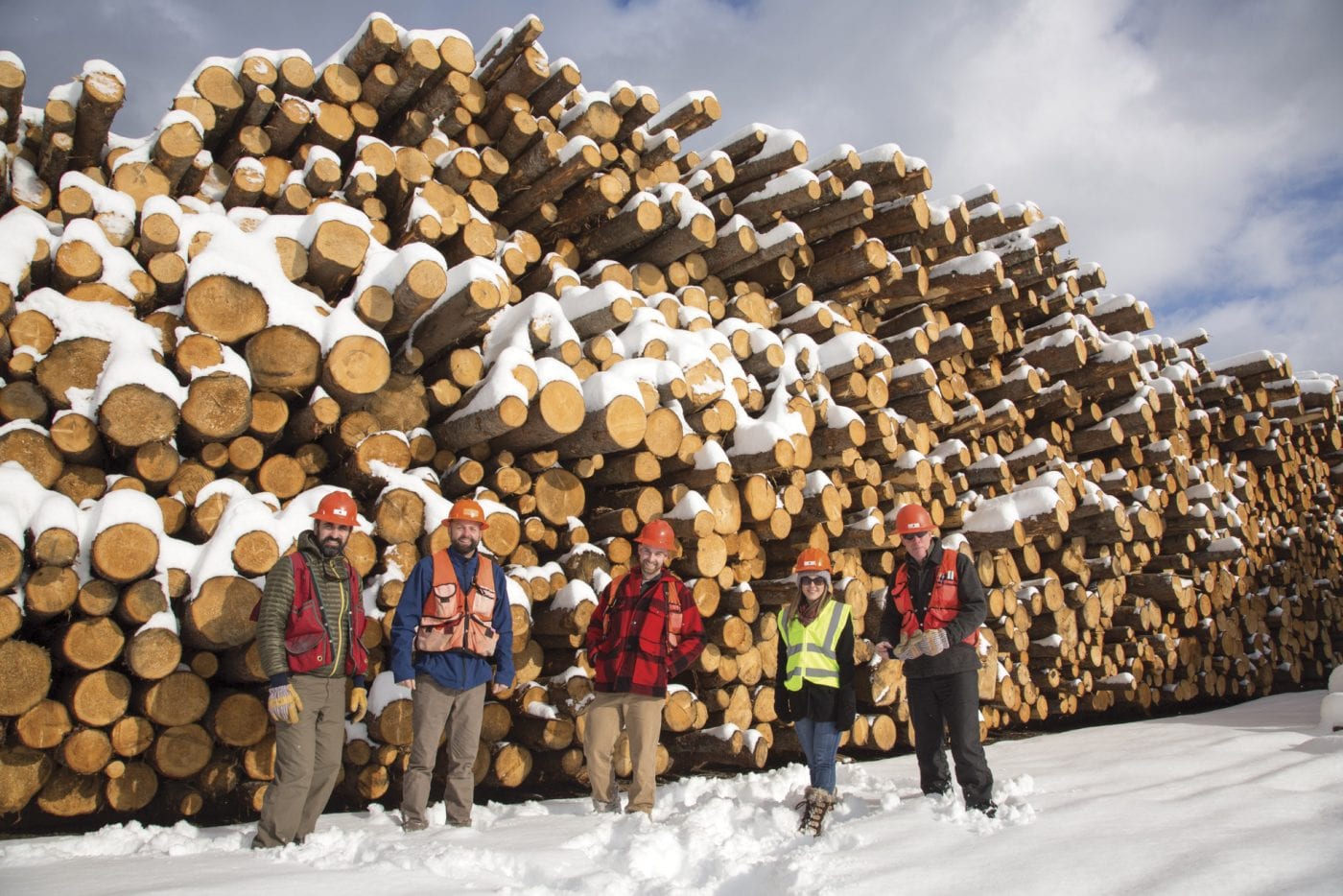The Adirondack park represents, to most of us, an idyllic haven composed of “forever wild” forests, lakes and mountains. In many parts of the park, this is in-fact the case. Aside from sparse dirt roads, rare hiking trails and the occasional cabin, about 2.6 million acres within the Adirondack park must stay “forever wild”.(NYSDEC) The other end of that agreement however, represents privately owned tracts of land within the park. The majority of private lands within the Adirondacks belong to 140,000 residents and small-scale landowners, most of whom reside within the 105 small towns and villages within the park. On these smaller tracts of land, especially in the Champlain Valley, some landowners try their luck with small-scale farming or livestock raising. Although the Adirondacks are not exactly a high density area in terms of population, the people who reside there year round must have reliable jobs. While the mining industry has mostly faded out, workers in the Adirondacks have found jobs in some of the more successful industries. Even throughout the current COVID pandemic, industry in the Adirondacks has proven to be resilient and effective in capitalizing on its natural potential. The significance of both the logging and tourism industries in the park allow residents to have reliable jobs and industry to flourish.
The mining industry, which is no longer a major player in the Adirondack economy, once represented a great deal of economic possibility for both new companies and many migrant workers. Immigrants fresh off the docks in New York were often recruited, despite nationality which for a time, added a great deal of diversity to the park. Unfortunately, when the state began to close down the mining operations in the state, many of these workers were forced to return to the city in search of work. Thus, much of the diversity left with them. Many of those who stayed behind joined the logging industry.
A large portion of the private land is owned by large logging companies. The two largest players in the industry are a Mississippi company called Molpus Woodlands Group and Lyme Timber, based out of New Hampshire. While these companies must abide by a slew of tight regulations set in place by the park and State, they still have annual quotas that need to be made. Combined, these two groups alone own approximately 500,000 acres of land. The timber industry in the state of New York directly employs at least 40,000 people and indirectly employs another 55,000 workers.(NYSDEC) Many of the workers directly employed by the timber industry live in the Adirondack park and rely on the industry to retain a livelihood. The need for wood products is a never-ending reality which is why the industry has become so successful. Unfortunately, this livelihood which sustains many small towns is dependent on the destruction of a mixture of secondary and tertiary growth. Most forested areas used for timber are regulated and watched carefully so that regrowth occurs faster than logging. In some areas however, regrowth barely occurs at a 1 to 1 ratio.
Alongside logging, the tourism industry in the Adirondack park is a massive source of economic activity. Ski mountains, hotels, boutique shops, rafting, fishing, hunting and restaurants all depend heavily on tourists from all over. Most of the tourism industry relies on the Winter and Summer months to produce enough cash flow to last through the mud season. Each year, more than ten million tourists visit the park and more importantly, spend their money! The tourism industry in the park represents a whopping 17% of the labor force, compared to only 9% in the city.(Adirondack Base Camp)
Again however, the question of “forever wild” arises. Tourists do not only bring money, they also bring their crap. Trash being left on trails, destruction of natural lands, and increased need of infrastructural maintenance are all results of so many folks visiting areas that simply are not built for thousands of people at a time. During the height of the Covid-19 pandemic, local officials considered limiting the number of people entering the park and using trails because maintenance could not keep up-especially with an endangered labor force.
Despite many of the shortcomings industries in the Adirondacks face, the logging and tourism industries have been able to provide consistent and stable jobs to tens of thousands of Adirondackers. While the chopping down of trees by loggers and stomping about on trails by hikers may cause damage to the idyllic haven of the Adirondacks, those trees and those tourists allow residents of the park to live everyday lives.
NYSDEC. “New York’s Forest Preserve.” New York’s Forest Preserve – NYS Dept. of Environmental Conservation, https://www.dec.ny.gov/lands/4960.html.
Tourpro. “Tourism Impact in the Adirondacks.” Adirondack Base Camp, 30 Mar. 2011, https://www.adirondackbasecamp.com/2008/09/tourism-impact-adirondacks/.
NYSDEC. “Economic Value of New York’s Forest Resource.” New York State Wood Products, https://woodproducts.ny.gov/economic-value-new-yorks-forest-resource.





